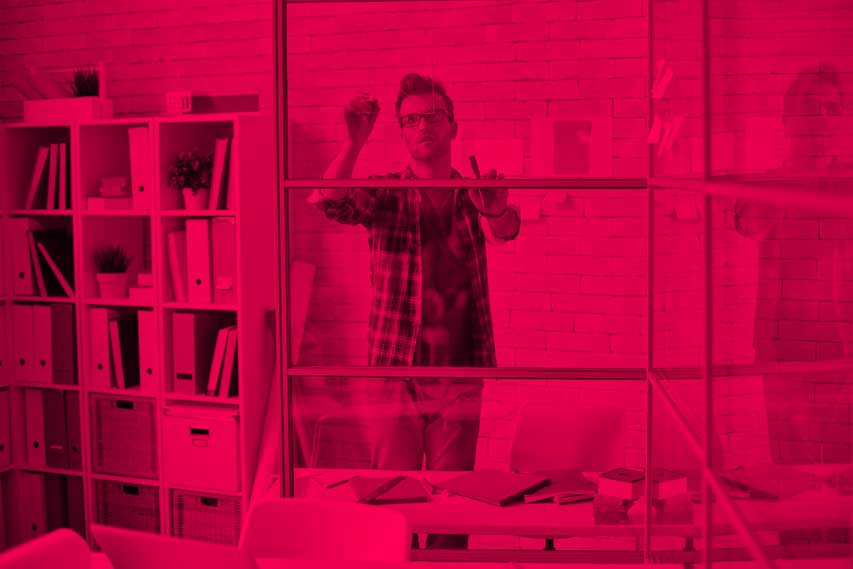“Emulating the digital adage of films”
Before we start with our adventures in the light and color schemes of the film, notice how I said emulating of films and not film filters. People often get confused between them because they both radiate the so called ‘film-look’ and here in lies the expertness which determines an image from film grain to digital dissonance. Emulating means imitating something, or to strive to equal or excel at something. Whereas the filters aids in adding ‘an effect’ to an image aping a vintage like look.
Differences, popularity and fudging the look!
The debate between the Analogue film and digital way of comparison are odious and they have been raged from the beginning of digital photography. There are strengths and weaknesses in both formats. The look on both these formats are only aiming to achieve the same goal of getting as close to replication as possible and hence I completely agree to setting on, ‘to each his own’.
The future is digital. Agreed. For me to enlist the pros of digital photography would be like asking why just the news of launch of a new iPhone sells like hot cakes. Its easier, cheaper, convenient and democratic (yeah, because in the end it will be on everyone’s cellphone, shared online). But if you really wanna have that therapeutic experience that some say you have while opening up to new horizons of cinema, here’s my unsolicited advice. Don’t substitute. Experience it. The sheer versatility, voyage and the accuracy of film Emulation delivers the periapt magic of emulsion. In world full of photographs, you may see many replication of same image or similar looking photographs but the desire to create and stand out will only follow that feeling of elicit when the warm memory of capturing an image engraves on your mind.
Beyond creative attributes – a characteristics take.
Along the crimes of film emulation is a partner in shade known by the name of Subtractive Color Science. This basically gives you a brief about filing of colors in the sweet spot while maintaining the saturated stuff on the denser side. This can be fundamentally understood in depth with help of LUT, which is a look up table that gives a preview (with respect to grading, calibration, density etc.) before going to print.
The foundation of emulation lies on Film Print System, Film color science and Texture management. The more you explore these options the closer you will find yourself in getting realistically closer to the process of recreation. As stated above bespoke Film Print Emulation gives an ideal starting point while the other asthetics like Deep Colors, MTF, Lens characteristics, Push Pull, Texture helps you nail the look.
Another interesting aspect revolves around lenses. In painting over a larger canvas requires in depth understanding of independent controls, strengths and size of lenses and even more apprehensions on chromatic aberrations, Lens blur, lens distortion, and lens glow.
As the times rolled by, so did the meaning of cinema. Achieving cinematic images became achievable to collections of inevitable recognizable palette. With mere Photoshop one could create a cinematic look a like. This contemporary practice of substituting made the conjuration of cinema attainable. Even if it meant doing it in an atrophied version, even if the leeway for future creative additions took a massive side step.
Conclusion
We are limited in terms of vivid, saturated colors and to begin emulating an image to a point that it almost hedges to such an extent that re-imagining high tails from the meaningfulness of the source image is when you deprive yourself of the boon these tools aim to provide.
To come up with just one look that speaks to thousands of people is what baffles the person who is behind the camera and this has been the conversation starter for many film makers colloquy. However, the goal to achieve in emulation still twirls on the same color wheel, maintaining of the original characteristics.
You may achieve it because of analog film in some cases or because of digital in some other, but moving beyond and stretching the limits of these formats will only allow us to take advantage of the whichever medium we choose for expression.







